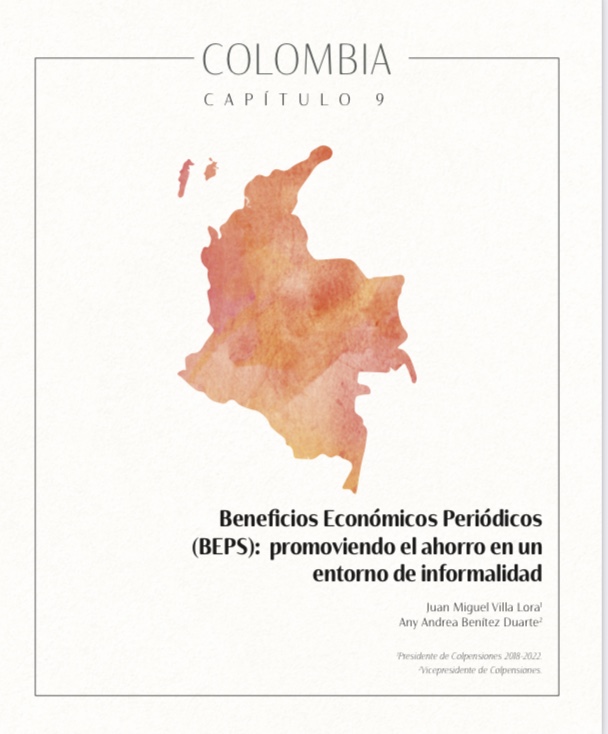Charting a Course Towards Universal Social Protection: Resilience, Equity, and Opportunity for All
By World Bank Group Charting a Course Towards Universal Social Protection: Resilience, Equity, and Opportunity for All, known as the Social Protection and Jobs Compass updates the World Bank strategy for social protection amid rapid change both within the sector and beyond. The Compass puts at its heart the vision of universal social protection. It recognizes that the progressive realization of universal social protection, which ensures access to social protection for all whenever and however they need it, is critical...










